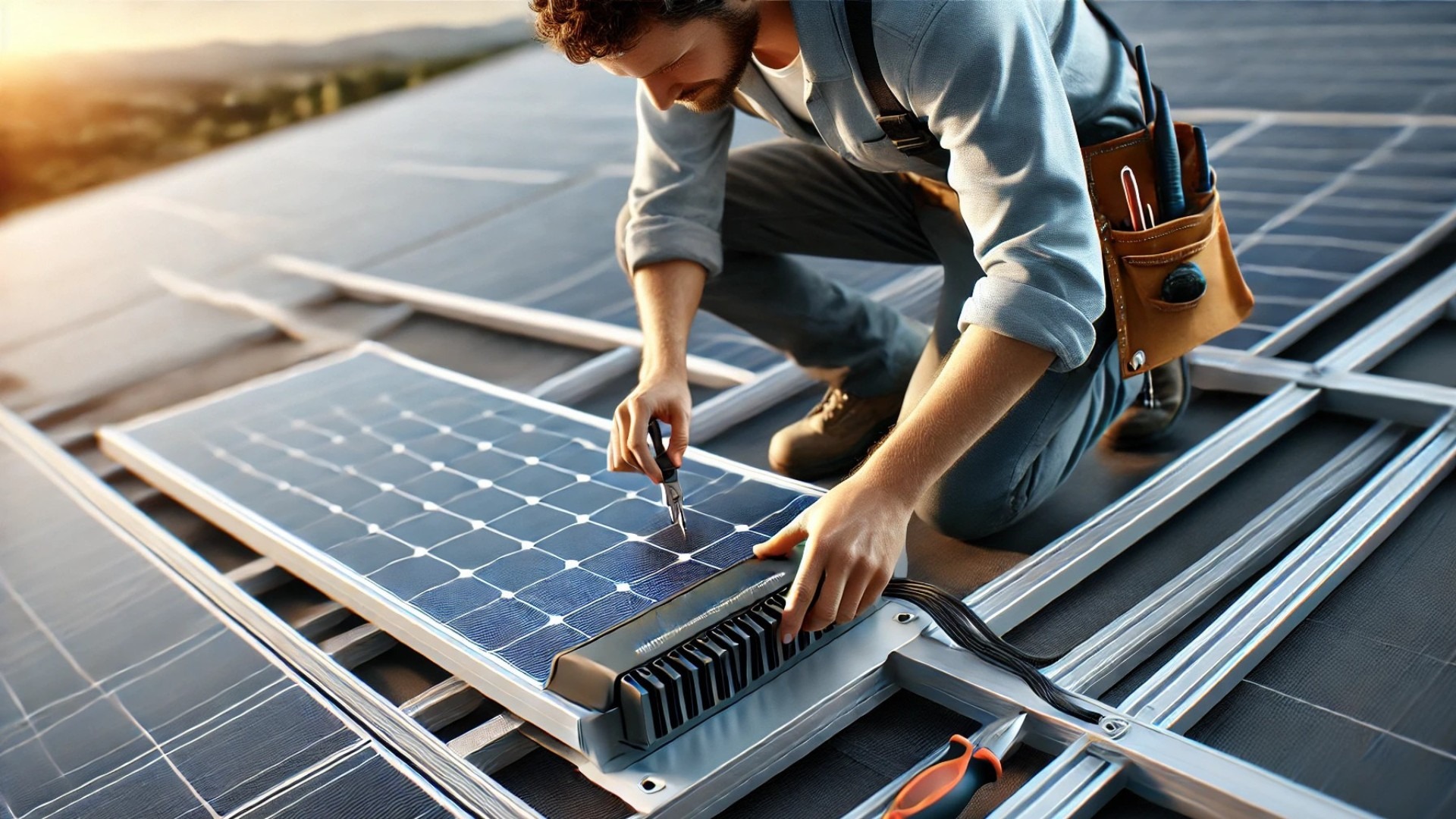
Understanding Solar Panel Micro Inverters: The Game Changer
The push towards renewable energy is accelerating rapidly, reshaping how homeowners view energy consumption. Among the standout technologies in this shift are solar panel micro inverters, a solution gaining traction for their effectiveness and adaptability. For low-income households, implementing solar energy could lead to a reduction in energy bills by up to 25%, as noted in studies shared by significant media outlets.
What Exactly Are Micro Inverters?
Solar panel micro inverters function as small, efficient converters attached to each solar panel. Their primary role is to transform the direct current (DC) produced by a panel into alternating current (AC), the type of electricity directly used in our homes. Unlike traditional string inverters which manage an entire row of panels, micro inverters handle the conversion for individual panels—this distinct feature brings numerous benefits that can enhance the performance of residential solar systems.
Retrofitting: Enhancing Existing Systems
A compelling aspect of micro inverters is their retrofit capability. If you're already equipped with an older solar installation, you don't have to start from scratch. Micro inverters can be seamlessly added to your existing system. This means if some of your solar panels are shaded or aligned in different directions, introducing micro inverters allows each panel to perform independently. The result? An optimized energy output, even when faced with the constraints of an older system.
Cost Analysis: Are They Worth It?
Many homeowners hesitate at the thought of switching to micro inverters due to their higher initial costs compared to traditional string inverters. However, this upfront investment often pays off in the long run. Micro inverters optimize energy harvesting by ensuring that the performance of each panel is maximized. The advantage is clear: if one panel underperforms, it won’t hinder the performance of the entire system. Furthermore, micro inverters can alleviate long-term maintenance issues since problems can be isolated to individual panels, simplifying the troubleshooting process.
Installation Made Easy—With the Right Help!
Installing micro inverters is straightforward, but it’s crucial to seek out certified professionals who are experienced with the technology. Whether you’re installing a new solar system or retrofitting, professional guidance ensures that your system is set up for maximum efficiency and safety. Good installers will also familiarize you with local regulations to ensure compliance.
Benefits Galore: Why Micro Inverters Shine
Investing in micro inverters presents a wealth of advantages:
Enhanced Efficiency: Each panel operates independently, allowing better harvesting of solar energy, even in varying conditions.
Lower Maintenance Costs: Isolated issues lead to easier troubleshooting and reduced disruption.
Flexibility: They can easily be retrofitted to adapt and optimize existing solar panel setups.
Durability: Micro inverters often come with longer warranties, providing peace of mind over the lifespan of your solar investment.
 Add Row
Add Row  Add
Add 




Write A Comment